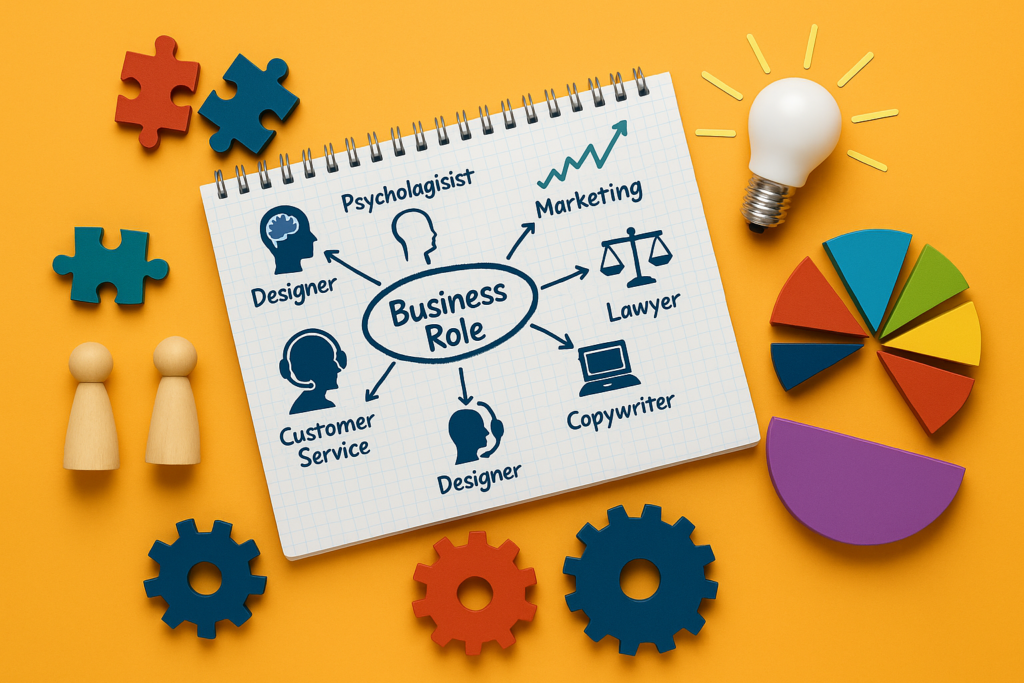In the realm of education, recognizing diverse learning styles is essential to unlocking student potential. Among the most dynamic approaches is the Kinesthetic Learning Style, a method rooted in physical engagement and movement. This style thrives on touch, action, and doing, rather than passive listening or reading. Learners who align with the Kinesthetic Learning Style often excel when involved in hands-on activities, role-playing, experiments, or real-world problem-solving scenarios.
The importance of identifying the Kinesthetic Learning Style lies in how significantly it affects comprehension, retention, and enthusiasm. By tailoring educational experiences to meet the physical learning preferences of such students, schools can create stimulating environments that transform how knowledge is absorbed and applied.
What Is the Kinesthetic Learning Style?
The Kinesthetic Learning Style refers to a learning preference in which individuals gain information more effectively through physical activity and tactile experiences. These learners are often described as “doers” who struggle to sit still for long periods and learn best when movement is involved. Their learning is optimized when lessons incorporate activities like building models, performing science experiments, or engaging in physical simulations.
Kinesthetic learners tend to remember information better when they physically participate in the process. For instance, they may benefit more from writing notes by hand, acting out scenes from history, or participating in interactive group work. These activities not only enhance retention but also help in Overcoming Exam Anxiety by transforming stressful study sessions into active and enjoyable learning experiences.

Characteristics of Kinesthetic Learners
Recognizing the Kinesthetic Learning Style starts by observing specific traits, such as:
- Preference for physical activities and movement
- Strong motor memory (they remember what they do better than what they hear or see)
- Tendency to use hand gestures while speaking
- Difficulty sitting still for extended periods
- Learning best through doing, building, or creating
Educators can adapt by incorporating lab work, field trips, dance, drama, or physical games into lessons to support kinesthetic learners effectively.
Benefits of Kinesthetic Learning Style in Modern Education
The Kinesthetic Learning Style offers several advantages in today’s education system. It encourages active participation, enhances memory through engagement, and helps students connect abstract concepts with real-life applications.
Schools embracing kinesthetic methods often see improved academic performance among students who previously struggled with traditional teaching techniques. By creating more interactive classrooms, teachers can boost student morale, promote collaboration, and nurture critical thinking skills.
Integrating Kinesthetic Learning in the Classroom
Effectively supporting the Kinesthetic Learning Style involves modifying teaching strategies and learning environments. Teachers can:
- Use educational games and role-play activities
- Implement project-based learning
- Integrate physical tools (e.g., flashcards, models, manipulatives)
- Allow for movement breaks during lessons
- Encourage hands-on experiments and field-based learning
These methods provide kinesthetic learners with the freedom and flexibility to absorb material in a more personalized and effective way.
Challenges Faced by Kinesthetic Learners
Despite its benefits, the Kinesthetic Learning Style can present challenges in rigid academic settings. Standardized curricula often emphasize auditory or visual instruction, leaving kinesthetic learners feeling disengaged or underperforming.
Limited space, time constraints, and a lack of resources may also hinder educators from incorporating physical activities into daily lessons. However, awareness and creative planning can bridge this gap and offer kinesthetic learners the support they need.
Kinesthetic Learning and Academic Performance
When the Kinesthetic Learning Style is properly addressed, students can experience significant improvements in comprehension, retention, and motivation. Active learning can particularly enhance performance in STEM subjects, physical education, and vocational training.
Incorporating physical engagement in assessments—like building prototypes or conducting science demonstrations—also allows kinesthetic learners to showcase their strengths beyond traditional tests.
How to Self-Study Effectively
Self-studying can be especially effective for students with a Kinesthetic Learning Style when tailored to their physical engagement preferences. How to self-study effectively, kinesthetic learners should:
- Incorporate hands-on tools like flashcards, models, or learning kits
- Use movement while studying, such as walking while reciting notes or using gestures
- Break study sessions into interactive tasks rather than passive reading
- Create real-life applications of the material to enhance understanding
This approach not only supports retention but also helps maintain motivation and reduce stress levels.

Mastering Time Management for Students Who Learn by Doing
Time management can be particularly challenging for kinesthetic learners who struggle with passive activities. Tailored routines, interactive schedules, and physical planners are effective in Mastering Time Management for Students with the Kinesthetic Learning Style.
Encouraging goal setting, using timers, and incorporating movement into study sessions can help these learners stay focused and organized without feeling confined by traditional methods.
Supporting Kinesthetic Learners at Home and School
Parents and educators should collaborate to support students with a Kinesthetic Learning Style both at home and in school. Suggestions include:
- Encouraging participation in sports, dance, or crafts
- Providing tactile learning tools and fidget aids
- Using real-life experiences (like shopping or cooking) as learning moments
- Offering flexible study spaces that allow movement
This holistic approach ensures kinesthetic learners feel understood and empowered in every setting.
The Future of Kinesthetic Learning
As education becomes more inclusive and personalized, the value of the Kinesthetic Learning Style continues to grow. Innovative technologies like virtual labs, interactive simulations, and gesture-based learning apps provide exciting opportunities to engage learners physically and mentally.
Schools that adopt a multi-sensory approach to education are better positioned to meet the evolving needs of today’s diverse student population.
Conclusion
Recognizing and nurturing the Kinesthetic Learning Style can dramatically improve student outcomes, especially when traditional methods fall short. By creating learning environments that value movement, creativity, and action, schools can foster both academic success and personal growth. At Verified Campus, we believe that inclusive education models, especially in the best schools in India, must support all learning styles—including those who thrive through doing, building, and moving.


